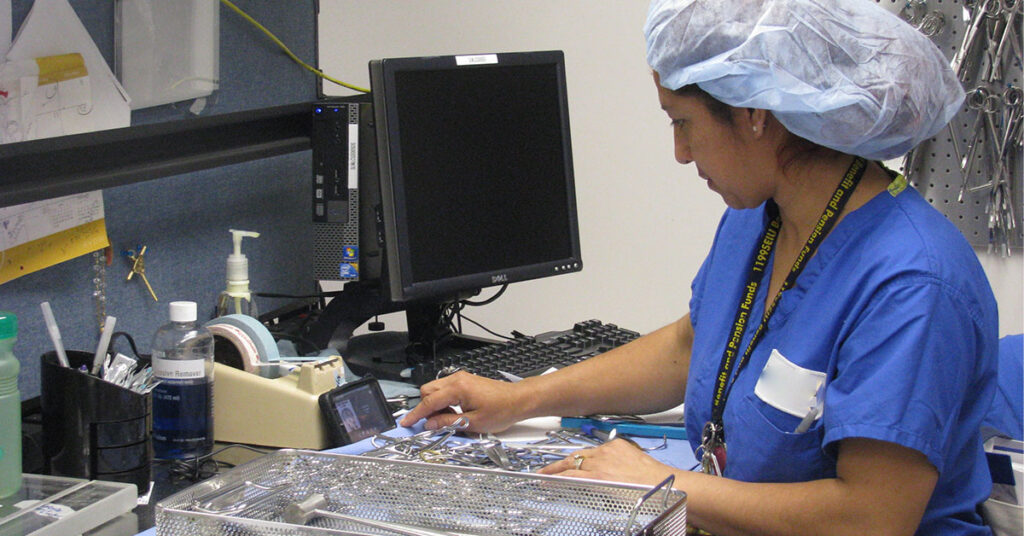When I first started working as a central sterile (CS) technician, the most complex task we had to perform was sharpening hypodermic needle tips on a sharpening stone to ensure that the next patient was made as comfortable as possible. There were no robots in the OR, and if you asked about an IFU, someone might have thought you were using inappropriate language instead of inquiring about the manufacturer’s instructions for use. We did not have many disposable items and the only low-temperature sterilization process available was ethylene oxide.
Today’s sterile processing departments (SPD) prepare complex instrument trays that are used for complex surgical procedures. To prepare these instrument trays properly, technicians must follow a strict process with elaborate instructions for cleaning and sterilization. These labor-intensive steps must be followed in spite of the heavy workload of surgical instruments the department.
In recent years, SPD has been under the microscope as a result of media reports regarding issues with improperly cleaned and sterilized surgical instruments. These events have opened an interest by accrediting agencies to further dig into our departments. For the new SPD manager, it becomes an overwhelming process trying to understand the latest regulatory changes, the different accrediting agency standards, and implementation of systems that can transform processes for continual readiness.
It is important to understand that for hospitals to receive payment from federally funded Medicare and Medicaid programs they must obtain accreditation. These accreditation requirements set standards for quality, safety, and best practice for patient care. Two of the most commonly known accrediting agencies are The Joint Commission and the DNV-GL Healthcare, although there are other accrediting bodies which have similar standards and objectives.
The Joint Commission (TJC) surveys hospitals based on their standards every three years. They have more than 250 standards that address all aspects of hospital operations, patient treatment, employee safety, infrastructure, patients’ rights, and education, to name a few. The SPD is graded under the infection control standard IC 02.02.01. The Joint Commission has published a document entitled High-Level Disinfection (HLD) and Sterilization BoosterPak to ensure all regulatory standards and guidelines are followed. Every SPD professional should be familiar with this document.
The DNV-GL Healthcare is an accrediting body that has quickly become a favorite among hospitals. Their accreditation is based on National Integrated Accreditation for Healthcare Organizations (NIAHO) program integrating ISO 9001 Quality Management System and ISO 14001 Environmental Management System with Center for Medicare-Medicaid ServicesConditions of Participation. DNV-GL recently established a sterile processing certification program which focuses on continual process improvement. Hospitals can choose to get their SPD certified. The basis for the DNV-GL survey is to create a collaborative team from frontline team members to top management working on action plans to improve the process. DNV-GL teams visit the hospitals on an annual basis as a routine check on action plans and progress improvement on previous findings.
Regardless of which accrediting agency the hospital uses, SPDs must ensure to always be in perpetual readiness. How can an SPD manager prepare the department for a successful survey? First, we need to have the tools to get ready. Let’s make it simple and use a four-step program that we call PEER (Prepare, Examine, Educate, Reform) to help your facility stay in continual readiness mode.
Prepare: Become knowledgeable of all industry standard changes. Policies and procedures are the recipe for good processes and must adhere to regulatory standards. Team members must understand the risks and be knowledgeable of all requirements and continuously monitor compliance. Therefore, every sterile processing department should be equipped with a library of resources and everyone in the department should be familiar with them. These resources can serve as the foundation of process improvement and risk prevention. They can include the following:
Regulatory Standards
Local DoH
FDA
CDC
Professional Standards
ANSI/AAMI Standards: ST79:2017; ST91:2015; ST90:2017; ST58:2013 & ST41:2008 (R2018)
AORN Standards
SGNA Standards
Accreditation Standards
The Joint Commission
High-Level Disinfection (HLD) and Sterilization BoosterPak
DNV-GL
CMS
Examine: SPD is an integral member of the surgical team and to reduce the risk of infections conducting risk assessments regularly is imperative. A comprehensive examination should cover all areas where reprocessing is performed and should follow a specific checklist to determine the organization’s vulnerabilities. The Joint Commission’s High-Level Disinfection (HLD) and Sterilization BoosterPak and the CMS surveyor worksheets provide guidelines for a risk assessment. Alternatively, healthcare organizations can engage a professional reprocessing practice expert to conduct a comprehensive review of reprocessing procedures.
Educate: The advancement of medical technology for surgical procedures has brought into SPD a variety of new instrumentation that requires attention and detail. The intricate small parts, the many small areas to clean, and the many steps to follow in sequence have forced an evolution of how we do business. It is essential to read and understand instructions for use (IFUs) in order to clean, assemble, and sterilize these devices correctly. Implement a comprehensive education program in the department and encourage the team to attend local and national educational programs. Education is the foundation for success. If the staff is educated, they are confident; if they are confident, they are happy; and if they are happy, they are productive and committed.
It is equally important to have quality audits, accurate recordkeeping, and process consistency. Demonstrating that a robust educational program is in place is critical. We must ensure that technicians are educated in all steps of the process and whenever changes are implemented. A good training program is indicative of skillful technicians. Quality processes should have an education program to back up how the technicians learn to audit the process. Complete records and up-to-date competencies will show the surveyor that your crew has the skills necessary to do the job. Remember that Education is the key for continual readiness.
Reform: An assessment of your current state will identify the areas that need improvement. It is critical to draft an action plan in priority order and assemble a collaborative team to immediately implement corrective action. Ensure issues involving environmental conditions, technical, and process are addressed. A 180° change on how you conduct the reprocessing of instruments is necessary for success. The implementation of good quality management processes that incorporates quality audits, accurate recordkeeping, and process consistency demonstrates the actions taken to eliminate the potential of process failure, which could result in a serious adverse outcome.
Become a center of excellence. Create processes that are consistent, as well as replicable. To achieve excellent quality, processes must be reformed, staff must have technical expertise, and there must be an established culture of peer collaboration—something a PEER review will help you achieve. Preparing for an accreditation survey is not the focus of a sterile processing professional; it is to ensure that every task we perform is contributing to help every patient who comes through the hospital have a safe and successful treatment.

